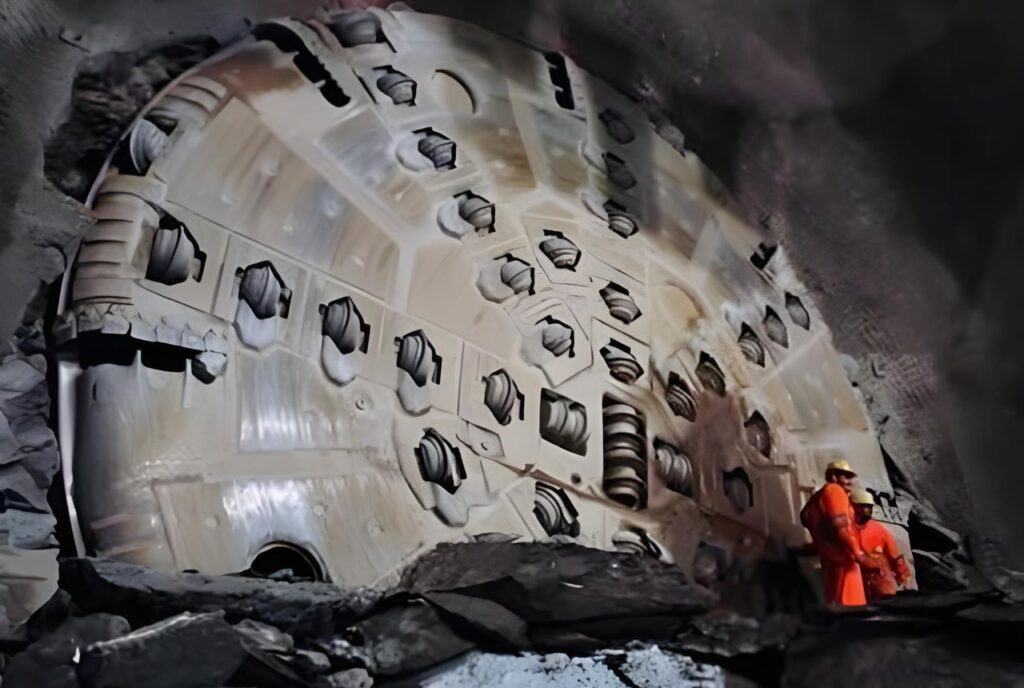Why is the tunnel boring machine buried underground?Tunnel boring machines may be buried underground for the following reasons:

I. Geological reasons
1. Unfavorable geological conditions
- During tunnel excavation, soft surrounding rocks such as muddy soil and quicksand may be encountered. These soils have poor stability and are prone to collapse, which may bury the tunnel boring machine.
- When encountering a fracture zone, the rock mass is fragmented and loose with weak self-stability. Large-scale collapses may occur during excavation, leading to the burial of the tunneling machine.
- In water-rich strata, the action of groundwater will soften the soil and reduce the stability of the surrounding rock, increasing the risk of collapse and thus potentially burying the tunneling machine.
2. Sudden geological changes
- During construction, undetected geological abnormal areas such as karst caves and underground rivers may be encountered. When the tunneling machine accidentally enters these areas, it may be buried due to sudden soil collapse.
II. Construction reasons
1. Improper operation
- Operators of tunnel boring machines may be unfamiliar with the equipment's performance or make operational mistakes. For example, advancing too quickly or applying excessive cutter head torque may cause excessive disturbance to the surrounding rock and trigger a collapse, burying the tunneling machine.
- Failure to adjust excavation parameters in time according to geological changes. For example, not reducing the advancing speed and cutter head rotation speed in soft surrounding rock increases the risk of collapse.
2. Delayed support
- After tunnel excavation, if initial support is not provided in a timely manner, the surrounding rock is prone to deformation and collapse without support, and then bury the tunneling machine.
- The quality of support is substandard. For example, insufficient anchor bolt length or insufficient strength of shotcrete cannot effectively support the surrounding rock and may also lead to the burial of the tunneling machine.
3. Poor construction management
- Inaccurate or untimely monitoring and prediction of geological conditions cannot enable effective preventive measures to be taken in advance, increasing the risk of the tunneling machine being buried.
- Unreasonable construction organization and poor coordination between various processes may lead to untimely handling of problems, and small problems may evolve into major accidents of burying the tunneling machine.
III. External factors
1. Natural disasters
- Natural disasters such as earthquakes and landslides may cause large-scale displacement and collapse of the rock mass around the tunnel, thus burying the tunnel boring machine.
- Extreme weather such as heavy rain may cause a large amount of surface water to flood into the tunnel, increasing the surrounding rock pressure and triggering a collapse and burying the tunneling machine.
2. Influences of surrounding projects
- The construction of other nearby projects, such as blasting and excavation, may disturb the surrounding rock of the tunnel and lead to tunnel collapse, thus burying the tunneling machine.




